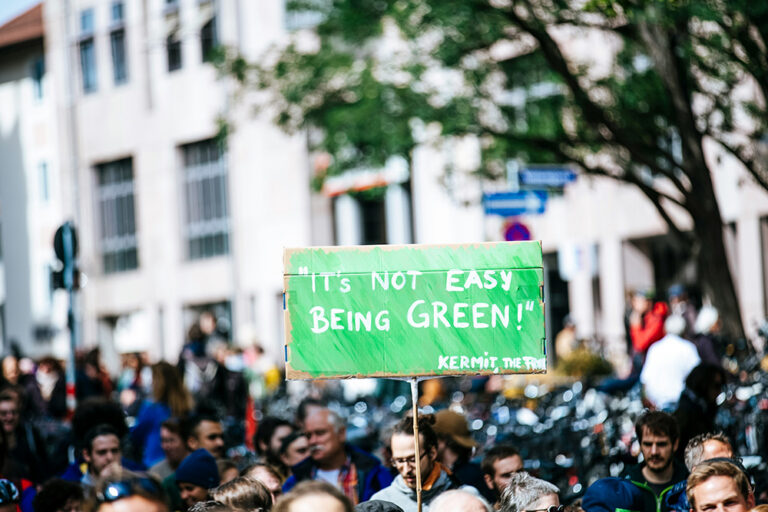Together with colleagues at the Stockholm Resilience Centre, scientists at the Anthropocene Laboratory published in the inaugural issue of Peace and Sustainability. Led by Hiroshima University’s Network for Education and Research on Peace and Sustainability (NERPS), the journal is a platform for publishing research at the nexus of the two issues.
Hattle, A., Flores, C., Ningrum, N., Blasiak, R., Bengtsson, F., and Österblom, H (2025) An active academia for peace and sustainability, Peace and Sustainability, 1(1):100004.

Abstract
With discontent rising in response to insufficient action to address climate, biodiversity, equity, democracy, and peace challenges, activism is prevalent. We explore a history of civil disobedience, direct action and protest related to gender equality, anti-war and anti-nuclear movements, the protection of indigenous rights, nature, and LGBT+ rights, to consider the role of academics amid interlinked climate, biodiversity and peace crises. In the pursuit of a safe and just future, these crises need more activism, in forms that are creative and that challenge norms, that trigger our imagination and appeal to a willingness to act. Science is a trade marked by creativity. Academics can no longer resort to only publishing papers, and clenching fists in pockets. Instead, there is a need to consider how to make best use of academic knowledge and creativity to support diverse activism: in board rooms, with corporate leaders, with politicians, youth organisations, universities, and in the streets. These activities should be grounded in research, but may still risk being regarded as threatening to academic credibility. Academics should be prepared for, and find novel ways to engage with, both tension and animosity.